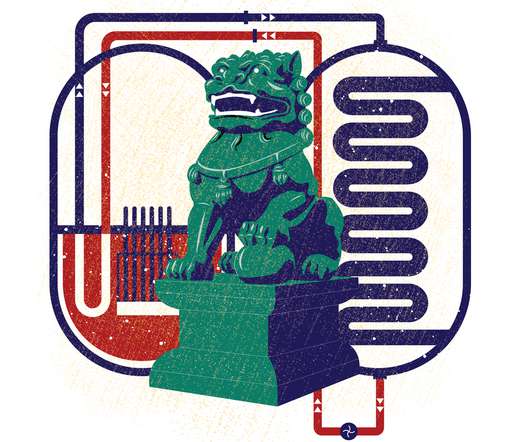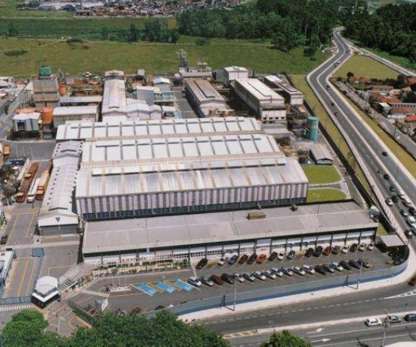Lygos partners with Agile BioFoundry and DOE to accelerate bioproduct R&D and commercialization; two-year, $5M pilot collaboration
Green Car Congress
OCTOBER 17, 2017
Lygos produces high-value specialty chemical traditionally produced in oil-based petrochemical processes in a process that uses commercially proven, acid-tolerant yeast and domestic sugars instead of petroleum, and has pioneered the world’s first bio-based production of malonic acid (a C 3 -dicarboxylic acid). Earlier post.).
















Let's personalize your content